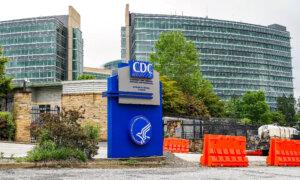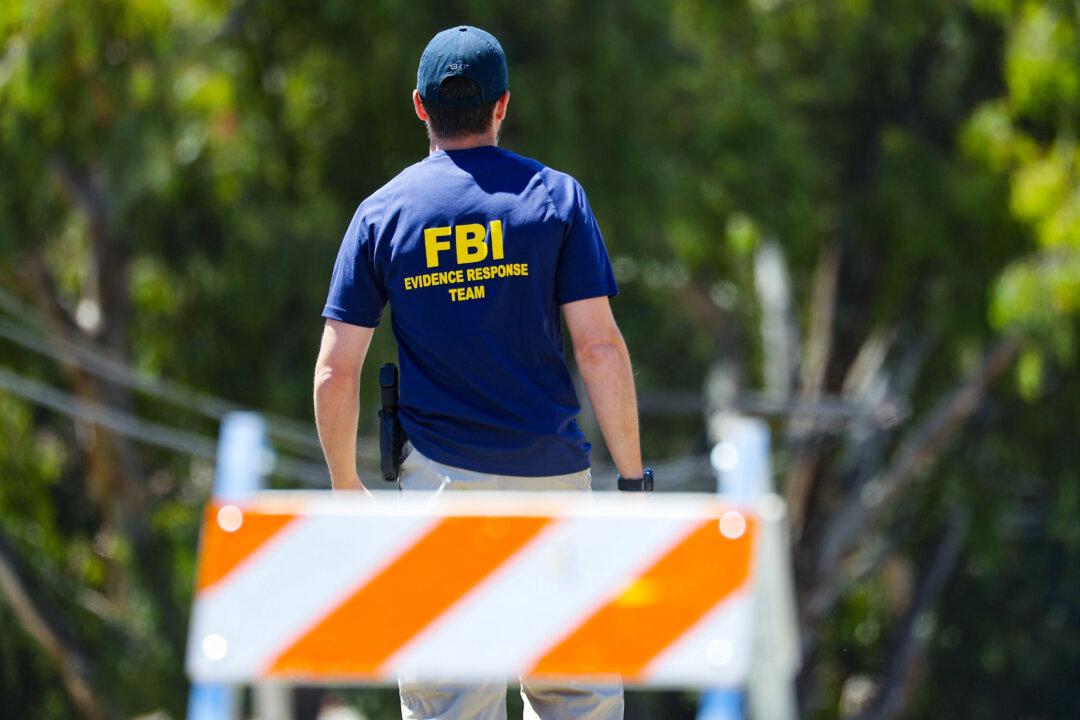The U.S. Centers for Disease Control and Prevention (CDC) sent an alert about an ongoing investigation into a salmonella outbreak it says may involve backyard chickens and ducks.
“Backyard poultry, such as chickens and ducks, can carry salmonella germs even if they look healthy and clean,” the CDC said. “These germs can easily spread to anything in the areas where the poultry live and roam. You can get sick from touching your backyard poultry or anything in their environment and then touching your mouth or food and swallowing Salmonella germs.”
Few details were provided about the outbreak, including whether the salmonella cases are linked. Instead, it mainly advised people who have backyard flocks to handle them with care and wash their hands after touching the chickens, their eggs, or areas where they live and roam.
“Always wash your hands with soap and water immediately after touching backyard poultry, their eggs, or anything in the area where they live and roam,” the notice said. “Use hand sanitizer if soap and water are not readily available. Consider keeping hand sanitizer at your coop. Be safe around backyard flocks. Don’t kiss or snuggle backyard poultry, and don’t eat or drink around them.”
It also advised that children under the age of 5 shouldn’t touch chicks, ducklings, or other backyard poultry because they have a higher chance of contracting salmonella.
The CDC noted that eggs that sit in a coop or nest can break or become contaminated. Cracked eggs should be thrown away, and eggs shouldn’t be washed, according to the CDC, because cold water can force germs into the egg itself.
The agency added that the “true number” of salmonella-sickened individuals may be much higher than what the CDC has reported. The outbreak might also not be limited to the states with known salmonella illnesses.
Symptoms of Salmonella
Salmonella is a bacteria that can cause symptoms and signs, including diarrhea, fever, stomach pain or cramps, vomiting, nausea, headache, blood in stool, and dehydration. They can arise between six hours and six days after exposure, according to the Mayo Clinic and other health officials.Most people who contract the bacterial infection do not need to get medical attention because it can clear up in several days, while some people don’t show any symptoms, the clinic’s website says. However, younger children, the elderly, or someone with a weakened immune system are more susceptible to serious infections.
Most people with symptoms get diarrhea, fever, and stomach cramps within eight and 72 hours after exposure to salmonella, and most recover within a few days to a week without any treatment, it adds.
“In some cases, diarrhea can cause severe dehydration and requires prompt medical attention. Life-threatening complications also may develop if the infection spreads beyond the intestines,” the Mayo Clinic says. “The risk of getting salmonella infection is higher with travel to countries without clean drinking water and proper sewage disposal.”






